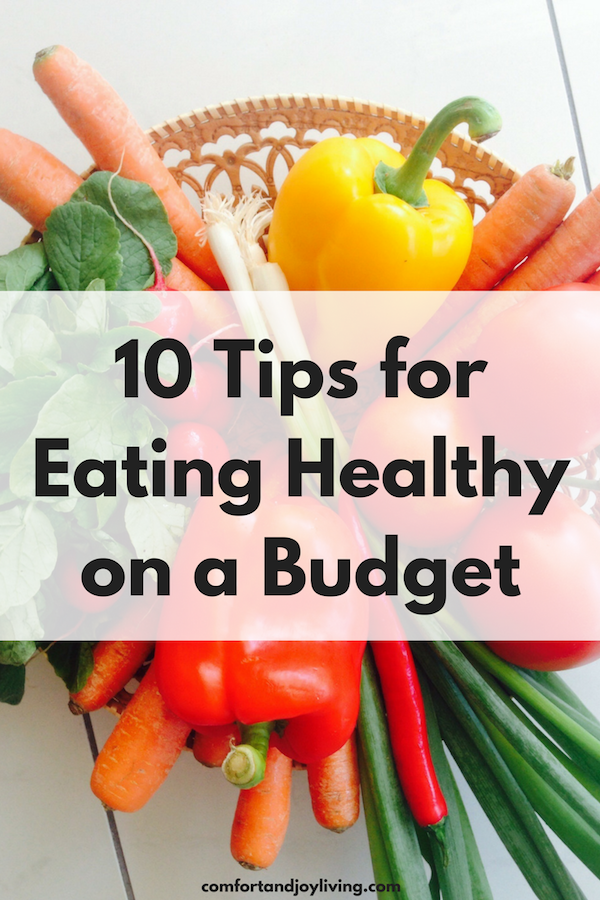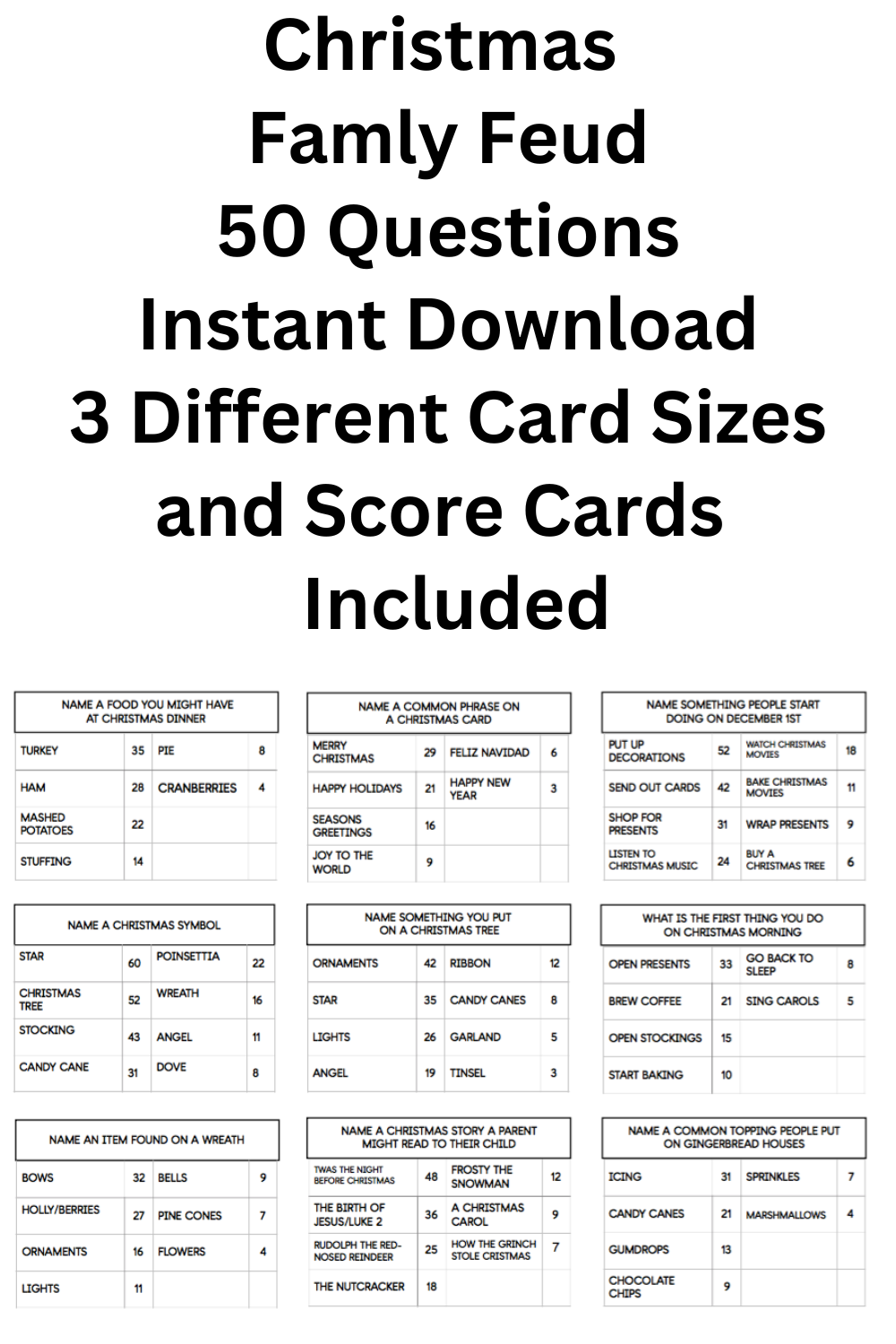Monthly and Weekend Events for Kids and Families:
Atlanta Boston Chicago Houston Los Angeles
New York City Philadelphia San Francisco Washington DC
HOME RECIPES DIY HOME KIDS CRAFTS
AMAZON DEALS WORK AT HOME JOB BOARD
10 Tips for Eating Healthy on a Budget
There’s a common misconception that eating healthy foods means spending hundreds of dollars a week on organic fresh produce. While it’s easy to overspend when shopping for healthy foods, all it takes is a little effort in the beginning to know what to shop for, and it eventually becomes effortless once you know your way around the supermarket.
Below are 10 tips for creating a healthy lifestyle on a budget.
1. Shop at the Cheapest Supermarket
We tend to think that to get the healthiest foods, we need to shop at stores like Whole Foods or Trader Joe’s. While certain food products can be cheap there, it’s best to limit your shopping from both as there are tons of “healthy junk foods” placed throughout the store. Shop at Aldi’s, Walmart or your general supermarket.
2. Create Your Meal Plan Ahead of Time
This helps ensure that you only buy the necessary food items on your shopping list. You’ll only buy enough food to last the week, instead of loading up on a bunch of food items that will eventually go bad. You can find meal plan programs that are available online, or you can create your own. Putting up a monthly calendar with all of your meal plans listed is helpful so that you stay on track and use all of your food before it goes to waste.
3. Buy Generic
Generic products are often just as good as name brands and can be marked down by 50%. Many generic products even have no added salt, such as canned corn and beans, or no sugar added version of the products, which makes it much healthier.
4. Never Buy Prepared Foods
You’re paying for the convenience of the meal, so unless you’re in a time crunch, refrain from buying prepackaged fruit, vegetables or “healthy” meals that most supermarkets carry. You’ll save a few minutes of preparation and paying 75% more for a product that is way overpriced.
5. Buy Frozen Vegetables
A misconception about vegetables is that you should only buy fresh produce. While fresh is always the best option, frozen vegetables last much longer, cost less, and some studies suggest that nutrients stay in the produce longer since the vegetables are immediately frozen. There is such a wide variety of bagged frozen vegetables to choose from, so you won’t every be short of any nutrients.
6. Don’t Be Afraid of Carbs
There’s a huge difference between good and bad carbs. You shouldn’t be afraid of eating whole carbs, which include fruit, vegetables, nuts, whole grains and potatoes. Then there are the bad carbs, also known as refined carbs. These include fried foods, ice cream, fruit juices and pastries.
Most whole carbs contain dietary fiber, which means that you’ll become fuller faster and be more satisfied with meals. Some of my favorite carbs include corn, sweet potatoes, oatmeal and bananas. These foods are also some of the cheapest foods in the store!
7. Compare Price Labels
Comparing price labels can save you a few dollars each grocery shopping trip. While that may not seem like a lot, hose few hundred dollars add up each month into a few hundred dollars in savings a year. Look closely at the “price per pound” section of the price label. Unit pricing labels take the price of the product and divide it by a unit of measurement (usually ounces) that allows you to figure out which product is cheaper.
8. Substitute Meat Proteins with Meatless Proteins
By substituting a few meaty meals a week with beans, legumes, tofu or tempeh, you will drastically cut your grocery bill. Buying dry beans instead of canned beans cuts the price even more. Beans also contain a lot of fiber, iron and helps keep your digestive system running properly.
9. Only Buy Organic When You Have To
The dirty dozen is a list of 12 foods that you should always try to buy organic. These foods include strawberries, spinach, apples, pears, grapes, celery, tomatoes, bell peppers, potatoes, peaches, nectarines, and cherries. These foods are known for having a high level of chemical pesticide residue on the food and lower environmental impact. Organically grown food will almost always have more nutrients, vitamins, minerals, and enzymes due to the soil being kept up to responsible standards.
10. Shop in Season When You Can
Shopping in season allows you to save hundreds of dollars a year. A few foods that are in season year-round include apples, bananas, white potatoes and onions. In the summer, you’ll get a great deal on corn, tomatoes, berries, grapes and peaches . In the winter, kale, grapefruit, dates, oranges and pears are less expensive. You can also do a quick google search to find out which foods are currently in season.
Some of the healthiest foods are also some of the cheapest foods in the store. By eating healthy foods and making smart choices, you’re helping both your wallet and your health in the long run. Eating healthy foods ensures that you’re feeding your body and keeping it strong and running properly. You’re also saving money later in life by potentially putting off medical bills, prescriptions, and higher insurance bills. Plus, if you had the ability to feel strong and healthy throughout your life, wouldn’t you want to?
What do you do to save money on healthy food?
LEAVE A REPLY
Your email address will not be published.

